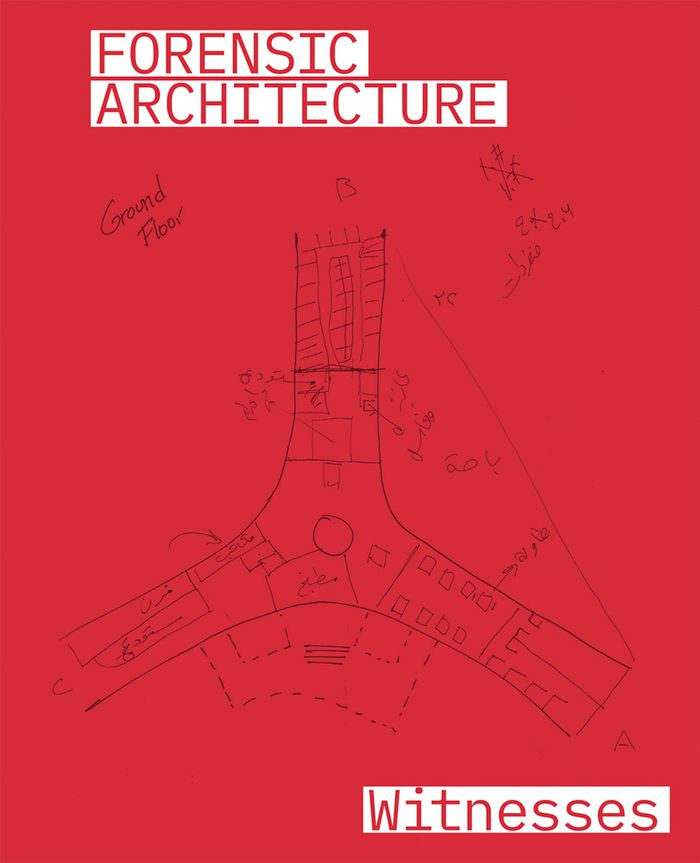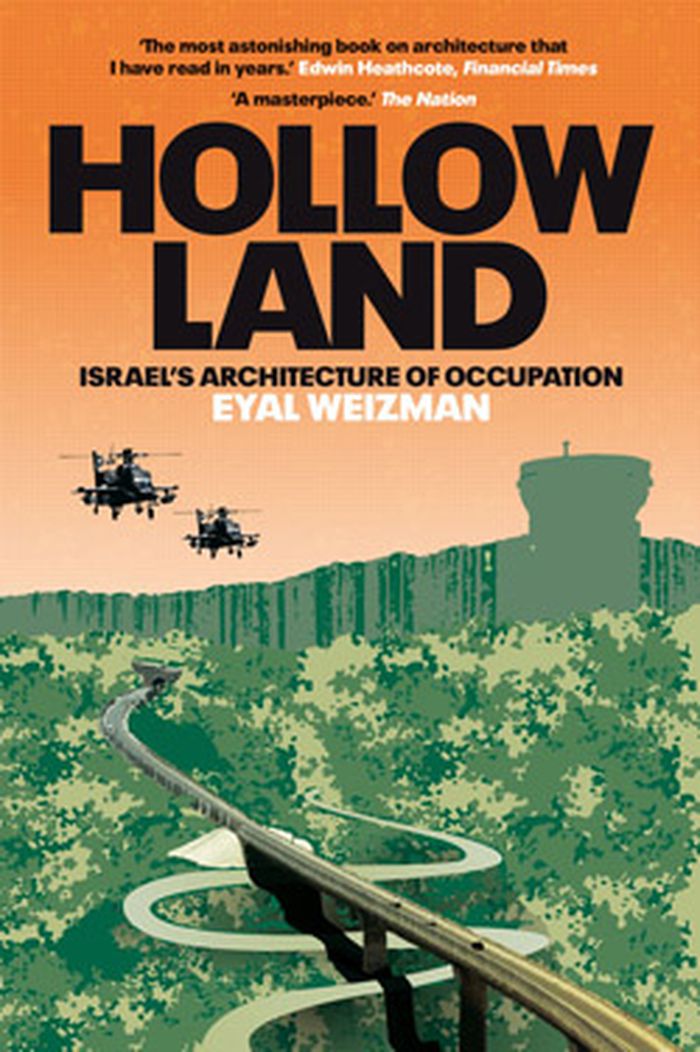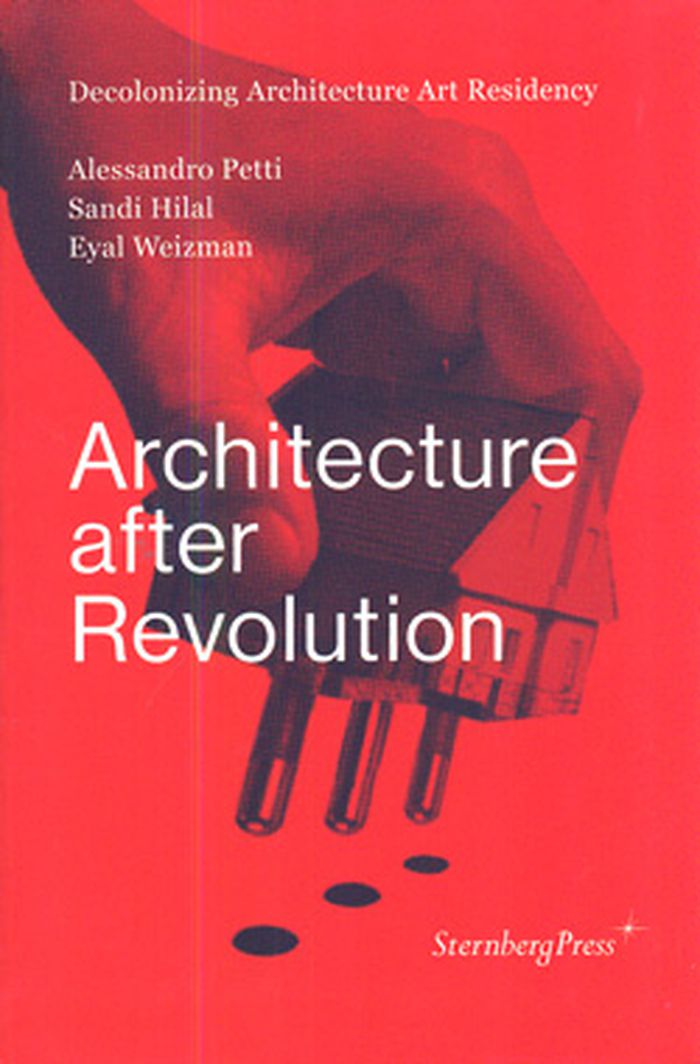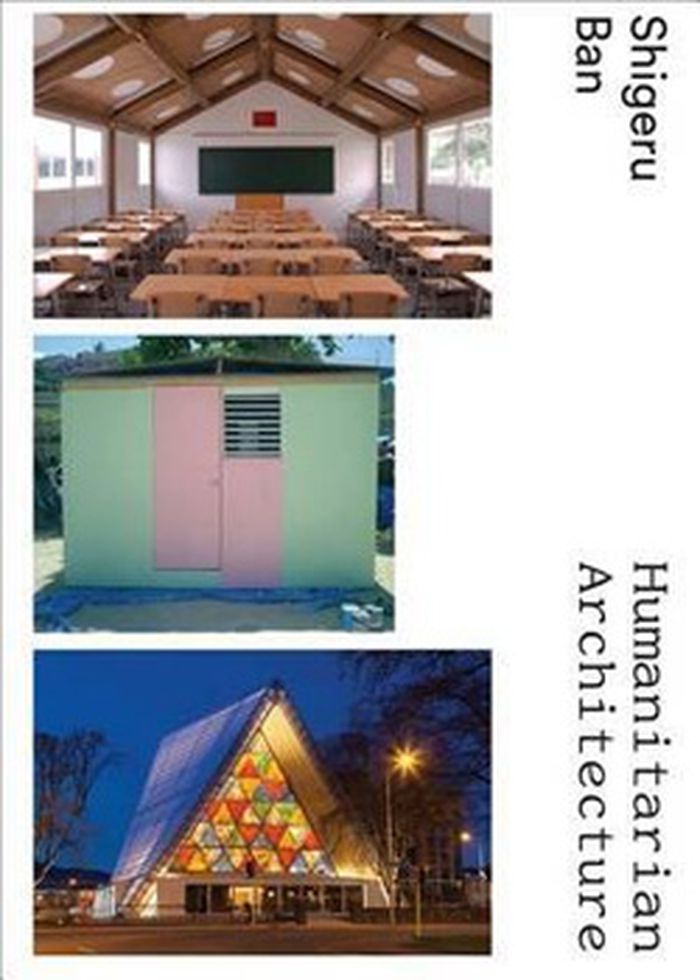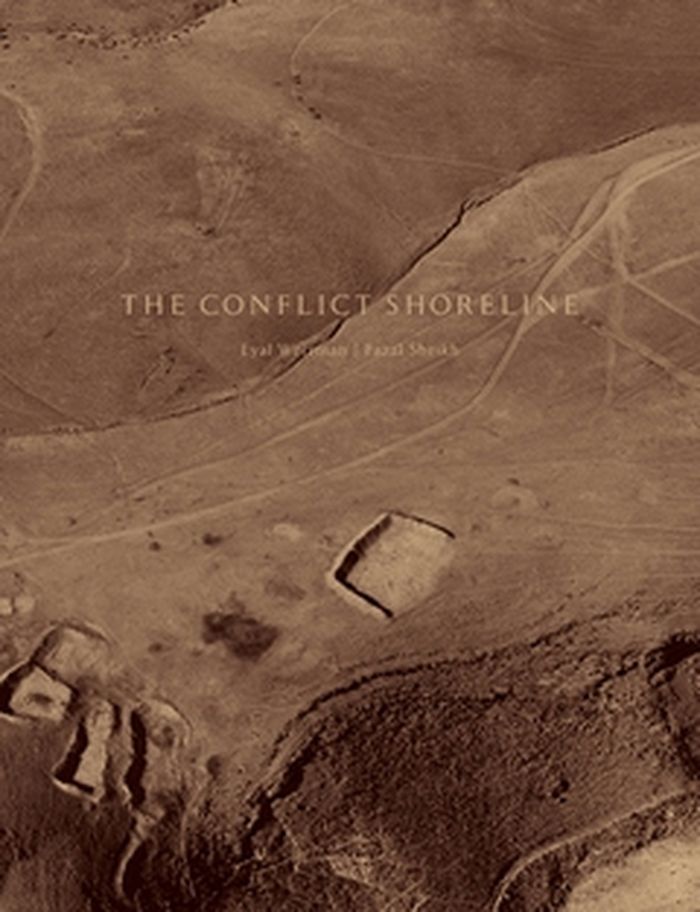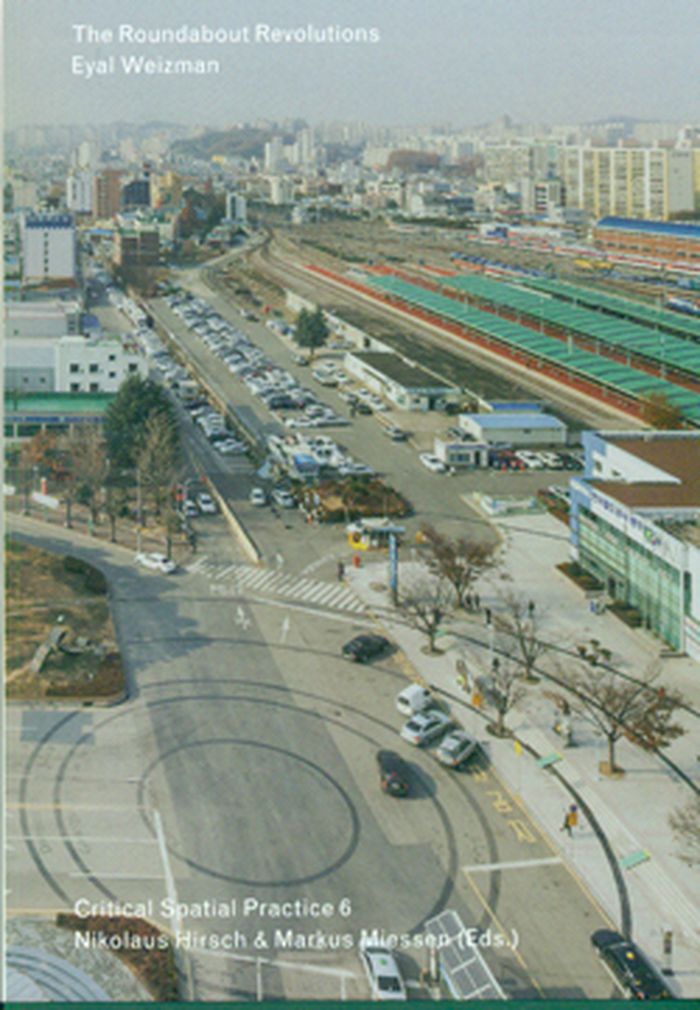livres
$36.95
(disponible en magasin)
Résumé:
This book, conceived as a project at the Architectural Association in London, leads a narrative through a series of architectural drawings, texts and images. At its core lies an urban proposal for the transformation of one of London's biggest and most congested traffic intersections,(...)
Yellow rhythms : a roundabout for London
Actions:
Prix:
$36.95
(disponible en magasin)
Résumé:
This book, conceived as a project at the Architectural Association in London, leads a narrative through a series of architectural drawings, texts and images. At its core lies an urban proposal for the transformation of one of London's biggest and most congested traffic intersections, Vauxhall Cross, into a giant cross-Thames roundabout. In this book episodes of urban life, political measures and financial strategies contrast with the architectural and urban proposals that are weaved into its form. An allegorical reading of the rhythm of the junction's traffic control system structures the book: green, yellow and red episodes alternate with one another in a repetitive succession and use Levebre's analytical system of 'Rhythmanalysis' to interpret contemporary London as a force-field of rhythms with different scales and durations. Those rhythms, by which the social, political and economic powers manifest themselves, are shown to act upon the site and the individuals within it. If the rhythm of the traffic lights stands for a system of successive incidents, the transformation of the site into a roundabout suggests continuous flow capable of liberating and utilizing these urban forces. The book ends therefore by suggesting a strategic proposal in which the inner area of the roundabout becomes a laboratory, a speculative arena for the testing of alternative urban futures.
livres
octobre 1999, Rotterdam
Théorie de l’urbanisme
$78.95
(disponible sur commande)
Résumé:
Founded by Eyal Weizman at Goldsmiths College in London in 2010, the research agency Forensic Architecture has investigated dozens of incidents of state violence—military intervention, environmental destruction, border violence and police murder. Working at the intersection of architecture, law, journalism, human rights and ecology, Forensic Architecture researches(...)
Architecture, monographies
décembre 2022
Forensic architecture: Witnesses
Actions:
Prix:
$78.95
(disponible sur commande)
Résumé:
Founded by Eyal Weizman at Goldsmiths College in London in 2010, the research agency Forensic Architecture has investigated dozens of incidents of state violence—military intervention, environmental destruction, border violence and police murder. Working at the intersection of architecture, law, journalism, human rights and ecology, Forensic Architecture researches conflicts and crimes around the world, using architectural tools and methods to conduct spatial and architectural analyses of particular incidents. They do not design new buildings, but like other architects, they examine and model spaces, with the aim of shedding light on events. This catalog focuses on the witnesses at the core of Forensic Architecture’s work. Featuring texts by Weizman, Christina Varvia and a roundtable discussion between members of the current team, this richly illustrated book opens a window into Forensic Architecture’s working methods and projects.
Architecture, monographies
$31.00
(disponible sur commande)
Résumé:
From the tunnels of Gaza to the militarized airspace of the Occupied Territories, Eyal Weizman unravels Israel's mechanisms of control and its transformation of Palestinian towns, villages and roads into an artifice where all natural and built features serve military ends. Weizman traces the development of this strategy, from the influence of archaeology on urban(...)
Hollow land: Israel's architecture of occupation
Actions:
Prix:
$31.00
(disponible sur commande)
Résumé:
From the tunnels of Gaza to the militarized airspace of the Occupied Territories, Eyal Weizman unravels Israel's mechanisms of control and its transformation of Palestinian towns, villages and roads into an artifice where all natural and built features serve military ends. Weizman traces the development of this strategy, from the influence of archaeology on urban planning, Ariel Sharon's reconceptualization of military defence during the 1973 war, through the planning and architecture of the settlements, to the contemporary Israeli discourse and practice of urban warfare and airborne targeted assassinations. Hollow Land lays bare the political system at the heart of this complex and terrifying project of late-modern colonial occupation.
Arch Moyen-Orient
$54.95
(disponible sur commande)
Résumé:
The work presented in this book is an invitation to undertake an urgent architectural and political thought experiment: to rethink today’s struggles for justice and equality not only from the historical perspective of revolution, but also from that of a continued struggle for decolonization; consequently, to rethink the problem of political subjectivity not from the point(...)
Théorie de l’architecture
juillet 2014
Architecture after revolution
Actions:
Prix:
$54.95
(disponible sur commande)
Résumé:
The work presented in this book is an invitation to undertake an urgent architectural and political thought experiment: to rethink today’s struggles for justice and equality not only from the historical perspective of revolution, but also from that of a continued struggle for decolonization; consequently, to rethink the problem of political subjectivity not from the point of view of a Western conception of a liberal citizen but rather from that of the displaced and extraterritorial refugee. You will not find here descriptions of popular uprising, armed resistance, or political negotiations, despite these of course forming an integral and necessary part of any radical political transformation. Instead, the authors present a series of provocative projects that try to imagine “the morning after revolution.”
Théorie de l’architecture
$70.00
(disponible en magasin)
Résumé:
his important volume is the first book-length study to collect, catalogue and examine these works. Essays and discussions of individual projects, drawings in the artist's hand, instruction manuals, diverse photographs and a timeline and map make an essential compendium for the most personal and relevant aspect of Ban's work. The book is a major contribution to the broad(...)
Architecture, monographies
août 2014
Shigeru Ban: humanitarian architecture
Actions:
Prix:
$70.00
(disponible en magasin)
Résumé:
his important volume is the first book-length study to collect, catalogue and examine these works. Essays and discussions of individual projects, drawings in the artist's hand, instruction manuals, diverse photographs and a timeline and map make an essential compendium for the most personal and relevant aspect of Ban's work. The book is a major contribution to the broad subjects of humanitarian relief and sustainable design solutions, and provides an inspiring testament to Ban's ongoing dedication to our planet and its people.
Architecture, monographies
Fazal Sheikh/Eyal Weizman: the conflict shoreline, colonialism as climate change in the Negev desert
$50.00
(disponible sur commande)
Résumé:
The village of al-'Araqib has been destroyed and rebuilt more than 70 times in the ongoing "Battle over the Negev"--the Israeli state campaign to uproot the Palestinian Bedouins from the northern threshold of the desert. Unlike other frontiers fought over during the Palestine conflict, this one is not demarcated by fences and walls but by shifting climatic conditions. The(...)
Fazal Sheikh/Eyal Weizman: the conflict shoreline, colonialism as climate change in the Negev desert
Actions:
Prix:
$50.00
(disponible sur commande)
Résumé:
The village of al-'Araqib has been destroyed and rebuilt more than 70 times in the ongoing "Battle over the Negev"--the Israeli state campaign to uproot the Palestinian Bedouins from the northern threshold of the desert. Unlike other frontiers fought over during the Palestine conflict, this one is not demarcated by fences and walls but by shifting climatic conditions. The threshold of the desert advances and recedes in response to colonization, cultivation, displacement, urbanization and, most recently, climate change. In his response to Sheikh's Desert Bloom series, Israeli intellectual and architect Eyal Weizman's essay incorporates historical aerial photographs, contemporary remote sensing data, state plans, court testimonies and 19th-century travelers' accounts, exploring the Negev's threshold as a "shoreline" along which climate change and political conflict are entangled.
Monographies photo
$29.95
(disponible sur commande)
Résumé:
One common feature of the wave of recent revolutions and revolts around the world is not political but rather architectural: many erupted on inner-city roundabouts. In thinking about the relation between protest and urban form, Eyal Weizman starts with the May 1980 uprising in Gwangju, South Korea, the first of the “roundabout revolutions,” and traces its lineage to the(...)
Critical spatial practice 6 : Eyal Weizman, the roundabout revolutions
Actions:
Prix:
$29.95
(disponible sur commande)
Résumé:
One common feature of the wave of recent revolutions and revolts around the world is not political but rather architectural: many erupted on inner-city roundabouts. In thinking about the relation between protest and urban form, Eyal Weizman starts with the May 1980 uprising in Gwangju, South Korea, the first of the “roundabout revolutions,” and traces its lineage to the Arab Spring and its hellish aftermath. Rereading the history of the roundabout through the vortices of history that traverse it, the book follows the development of the roundabout in Europe and North America in the early twentieth century, to its subsequent export to the colonial world in the context of attempts to discipline and police the “chaotic” non-Western city. How did an urban apparatus put in the service of authoritarian power became the locus of its undoing?
Théorie/ philosophie
